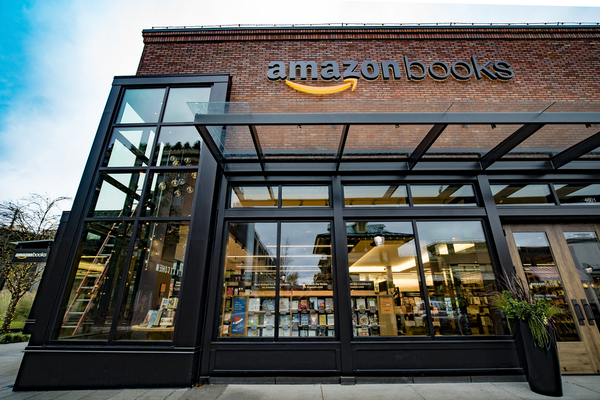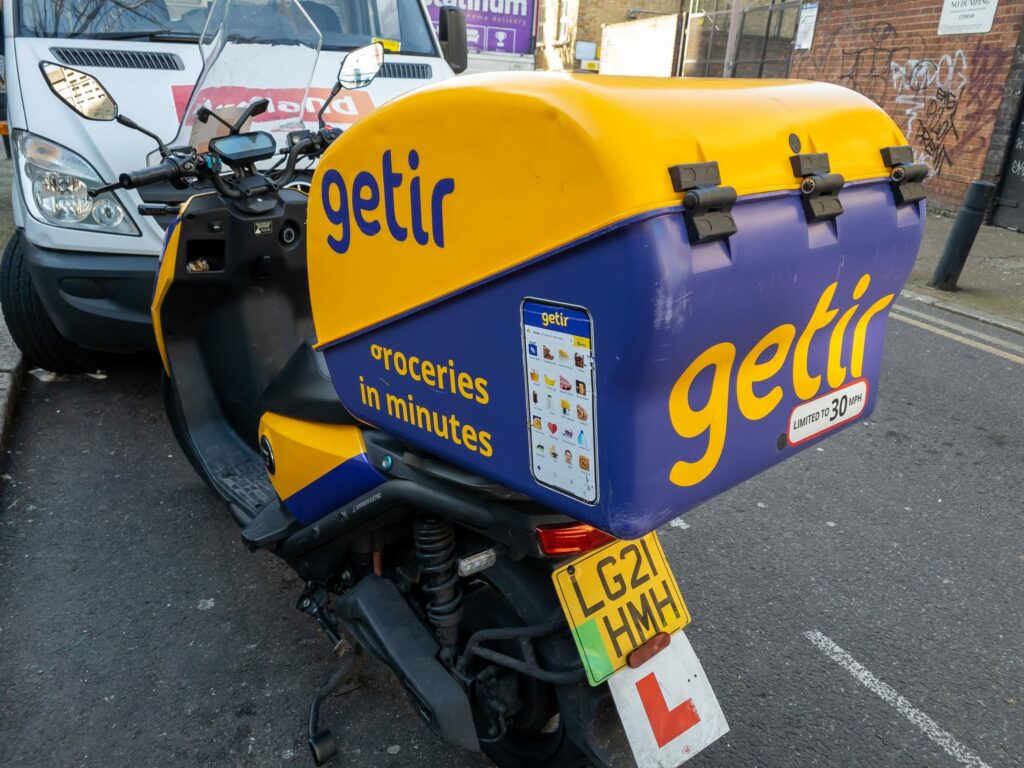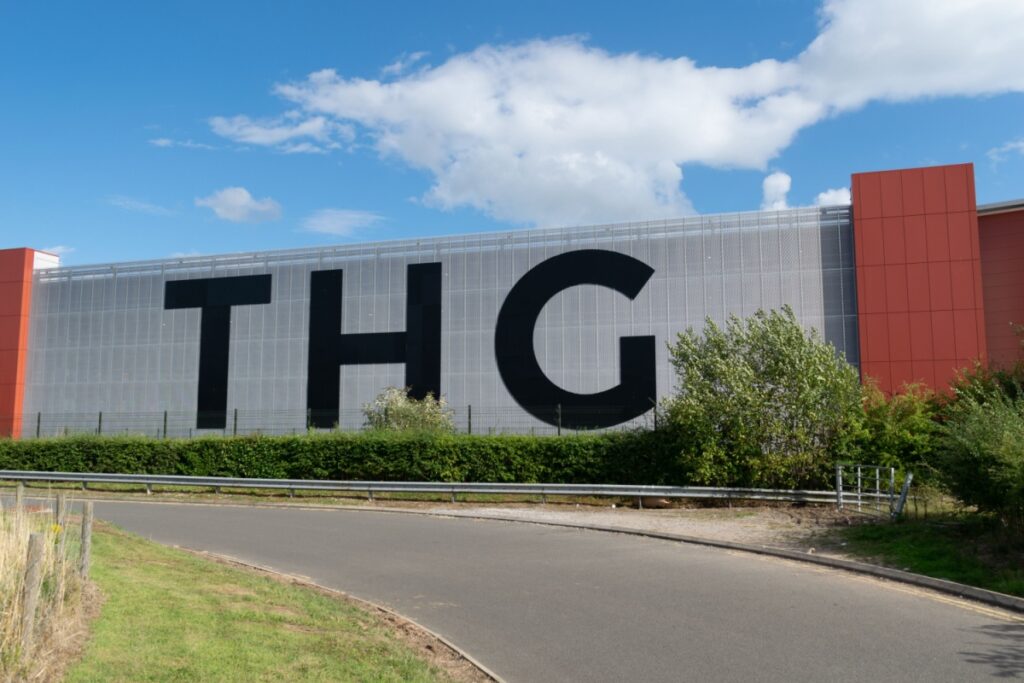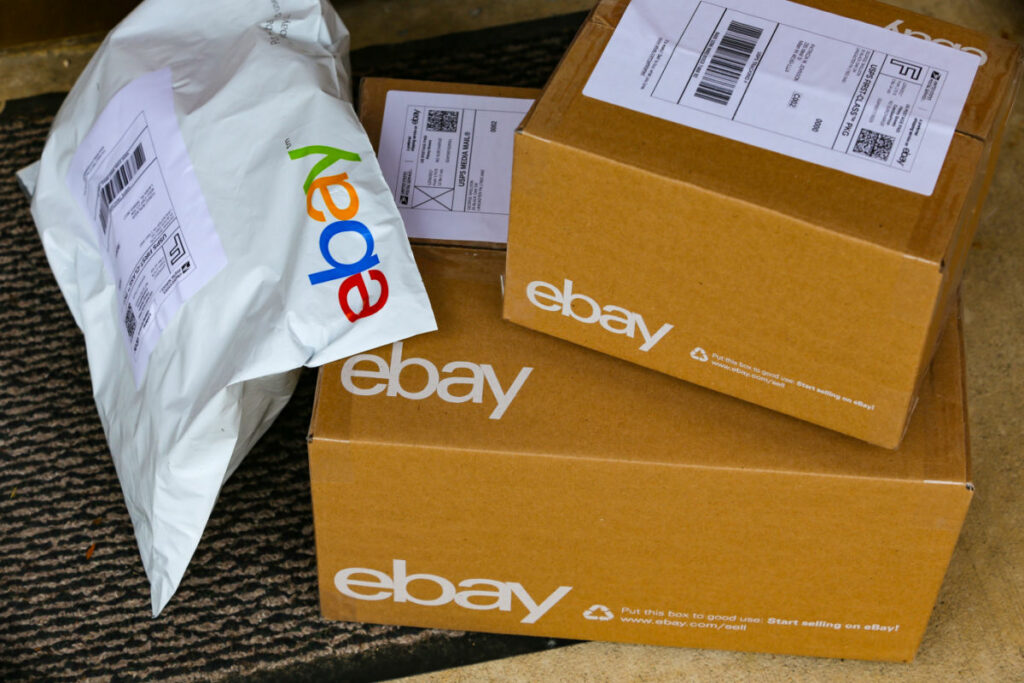// Amazon is closing all 68 of its brick-and-mortar bookstores, pop-ups and shops carrying toys and home goods in the US and UK
// The news marks a turning point for online giant that began as an online bookseller and helped drive established rivals such as Borders to bankruptcy
Amazon has confirmed it is closing all of its bookstores as well as its 4-star shops and pop-up locations as the world’s largest online retailer reworks its physical footprint.
The Seattle-based company said that the move, which affects 66 stores in the US and two in the UK, enables it to concentrate its efforts on Amazon Fresh, Whole Foods Market, its convenience concept called Amazon Go and its upcoming Amazon Style stores.
Amazon Style, which will sell fashion and accessories, is set to open in a southern California shopping centre later this year.
READ MORE:
- Inside Amazon’s new Style clothing store
- Amazon becomes biggest advertiser in history
- Amazon Prime UK membership fee could soon rise to over £90 for 15m Brits
The store closures will also allow it to focus on expanding its physical retail technology, the company said.
“We remain committed to building great, long-term physical retail experiences and technologies and we’re working closely with our affected employees to help them find new roles within Amazon,” the company said in a statement.
Amazon opened its first brick-and-mortar bookstore in 2015, two decades after it began selling books online and helped drive a number of shops out of business including Borders.
Amazon’s 4-star shops, which first debuted in 2018, carry a limited selection of best-selling products from top categories that Amazon.com sells including devices, consumer electronics, toys and games.
The move comes as the online giant’s overall revenue growth is slowing and it is looking for new ways to reignite sales.
But Neil Saunders, managing director of GlobalData Retail, said the strategy comes as a surprise and is an acknowledgement that the bookstores were not delivering the returns Amazon was looking for.
Mr Saunders did note that the main problem with Amazon’s non-food stores is that they lacked a real purpose even though the merchandise was well-presented.
“They were designed for people to pop in and browse rather than as destinations where people would head on a mission to buy something,” he wrote.
“Ultimately, this wasn’t great for driving footfall – especially in an era where people are visiting shops less.”
Click here to sign up to Retail Gazette‘s free daily email newsletter


















